Support your wax
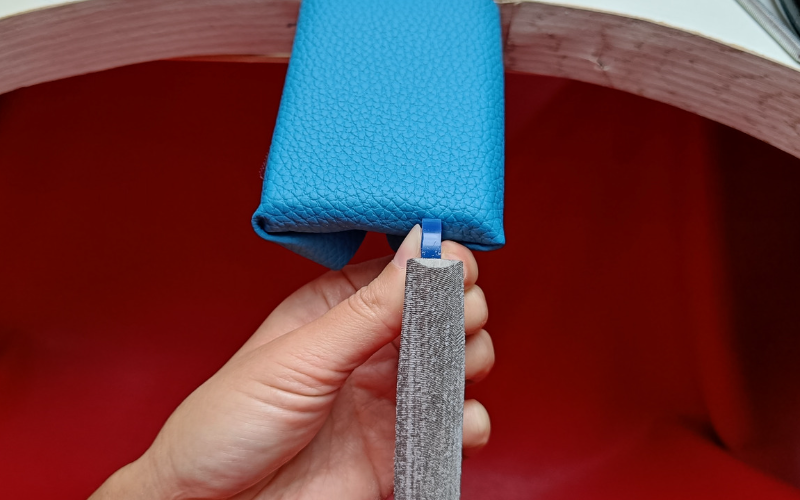
Use the peg
There are loads of reasons why your wax piece can break while you’re working on it. Wax is fragile (especially compared to metal), it’s just susceptible to breaking.
The main reason wax breaks is when there is too much pressure on a small section of it. Most of the time it happens accidentally. I mean nobody sets out to break a piece they’ve been working on for hours!
The best way to prevent that type of break from happening is by supporting your piece. When you properly support your wax, the pressure of your tool on the wax gets distributed around the piece. If your wax is not supported, the pressure of your tool is just on the part of the wax you’re working on. And that’s when breaks happen!
The easiest support is of course your bench peg. The pressure of your tool gets distributed into the peg and it provides stability as well!
But also protect from the peg
Your bench peg is absolutely necessary for support, but the edges of your peg can dent and damage your wax.
To prevent that from happening you can wrap your bench peg in bubble wrap
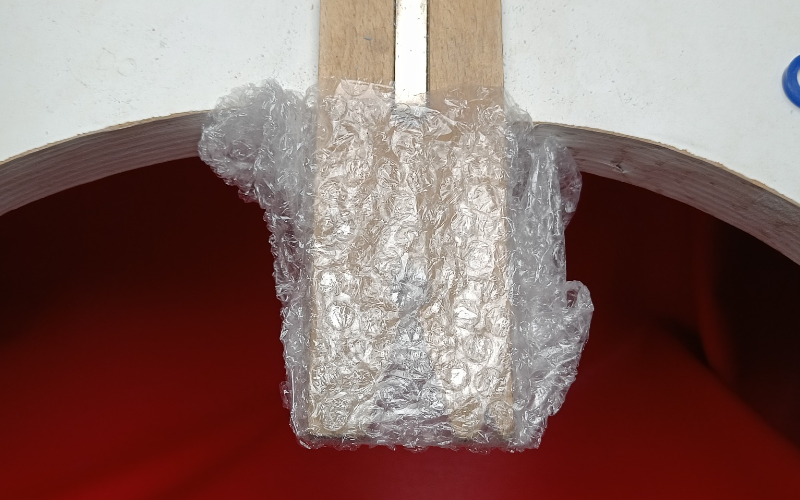
Or some scrap fabric.
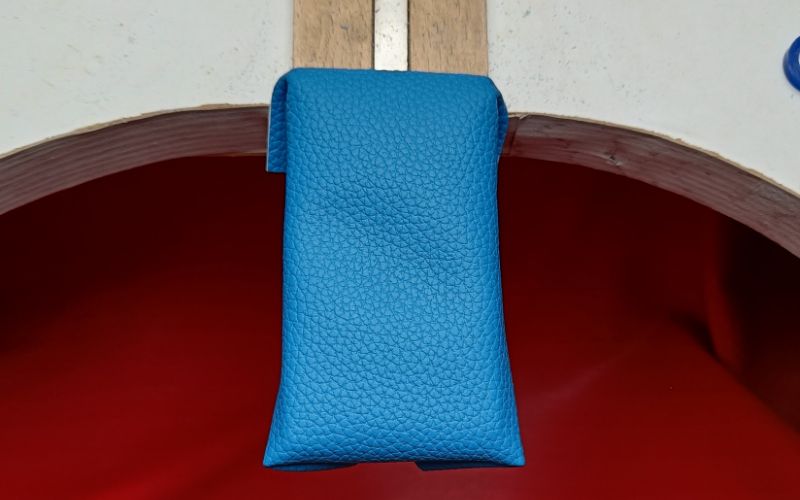
The edges are covered this way and your piece won’t dent that easily when you brace it against the peg.
Wrapping your peg is a great way to protect your wax, but I don’t like the way it feels.
That’s why I use my finger as a barrier between peg and wax.
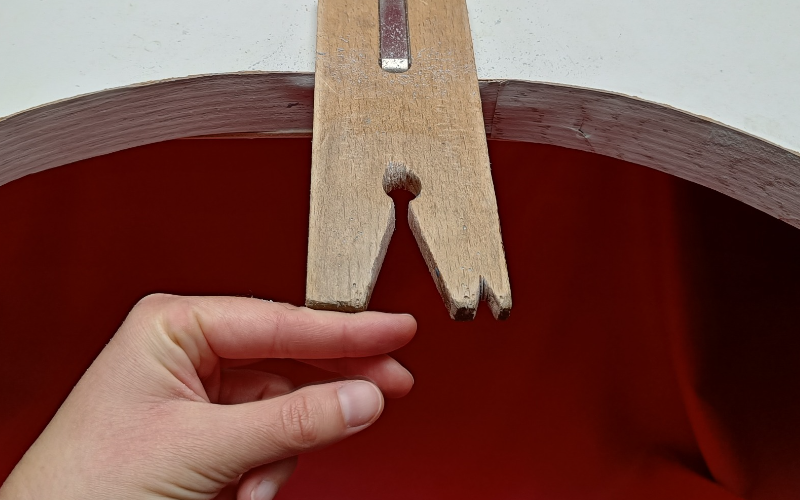
My finger is braced against the peg so I get the support and stability from it. And at the same time my finger protects the wax from getting dents from the peg.
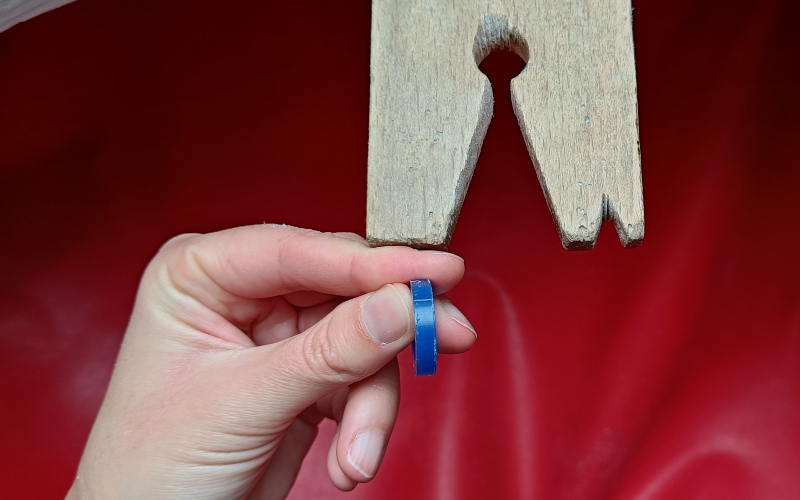
Create more connection
You’re connecting your hand that holds the wax with the peg and getting stability. But you can always create more connection.
When you’re using carving tools or burrs, try to find a way to connect your hands together. With your hands connected, you create more stability for your wax piece. And with a stable setup, you have more control over your tools.
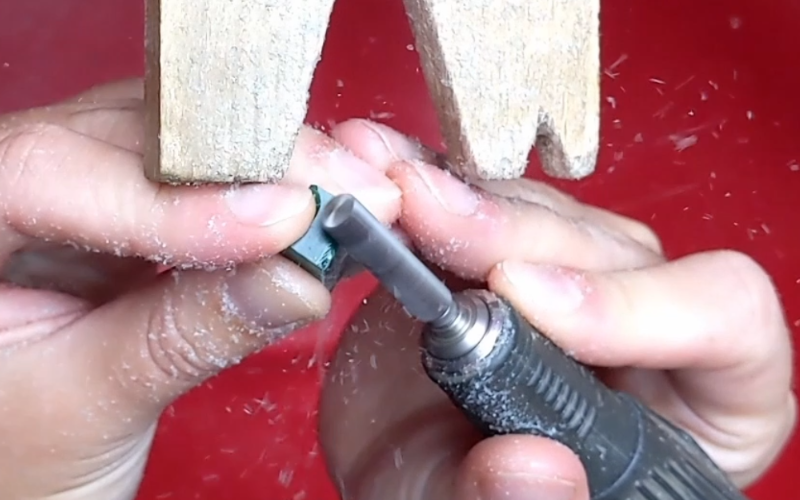
Slipping with your tools or any other unexpected movement with them is another big way to damage or break your wax. By connecting your hands you not only create greater stability, you also reduce the area that you can work on. With a small working area, you have more control over what you are doing. Reducing the chances of mistakes and slip-ups.
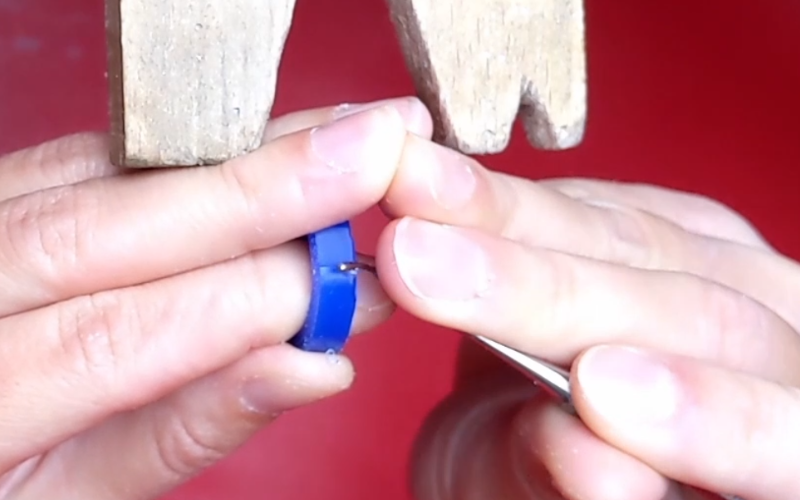
Support the part you’re working on
It doesn’t matter how intricate or substantial your piece is. The part you’re currently working on is always the most fragile and prone to breaking. You want to look for extra ways to support the part you’re working on.
For rings that means placing your finger inside the ring and supporting the part you’re working on from the inside.
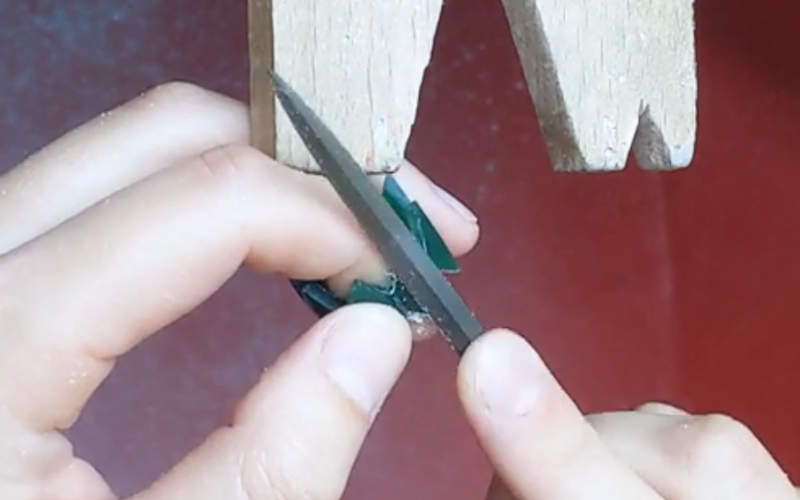
Without the support on the inside the ring flexes. It might not happen for chunky rings, but the thinner the ring the more obvious the flexing becomes. And when wax flexes it can easily result in breaking.
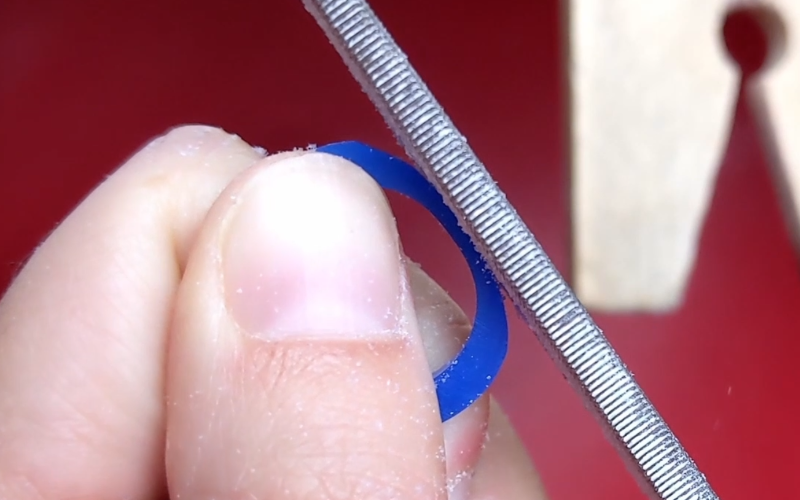
Don't think the ring is flexing? Focus on the inside of the ring and you can see it's no longer circular.
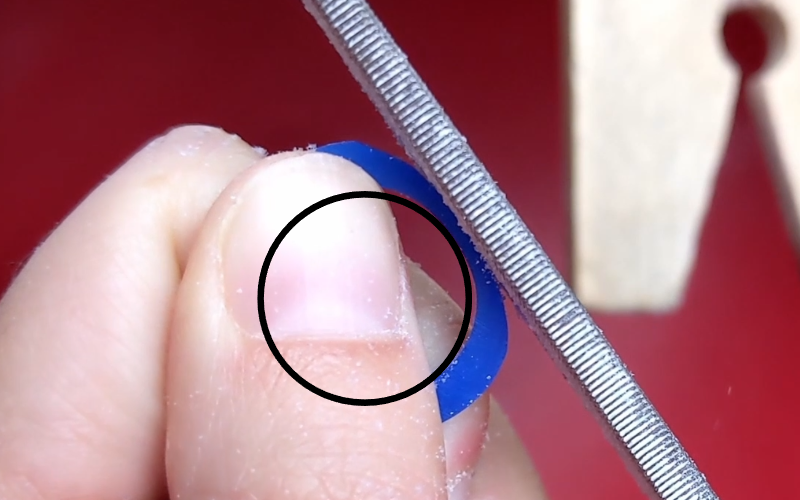
When you’re supporting the exact part you’re working on, the wax can’t flex. The pressure of the tool gets distributed along the wax and gets absorbed by your finger. Less chance of your wax breaking this way!
Take your time
It’s easy to see how you can create extra support for a ring, but any piece you work on can benefit from extra support.
Sometimes you immediately know how to hold the piece you’re working on to support it.
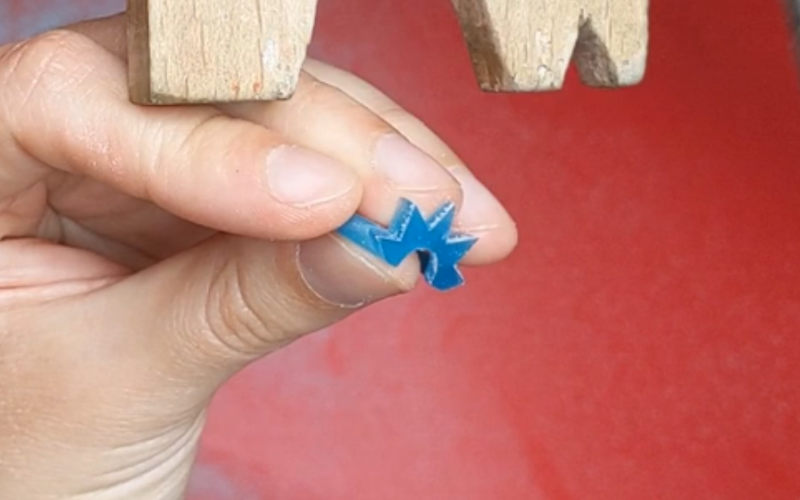
Other times you have no idea. Take your time to find the best setup! Try different ways of holding the piece, try supporting different parts of it, maybe try working from a different angle than you’re used to?
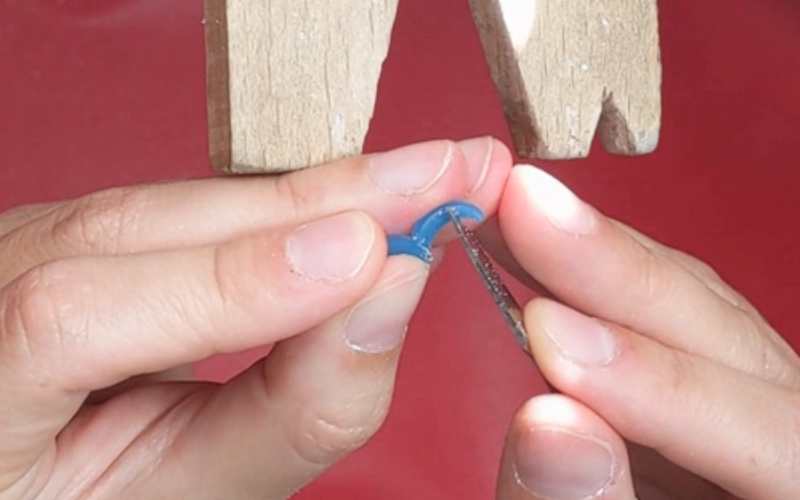
You know when you’ve found the right way of holding and supporting your wax piece!
Comment below and let me know if these tips were helpful!